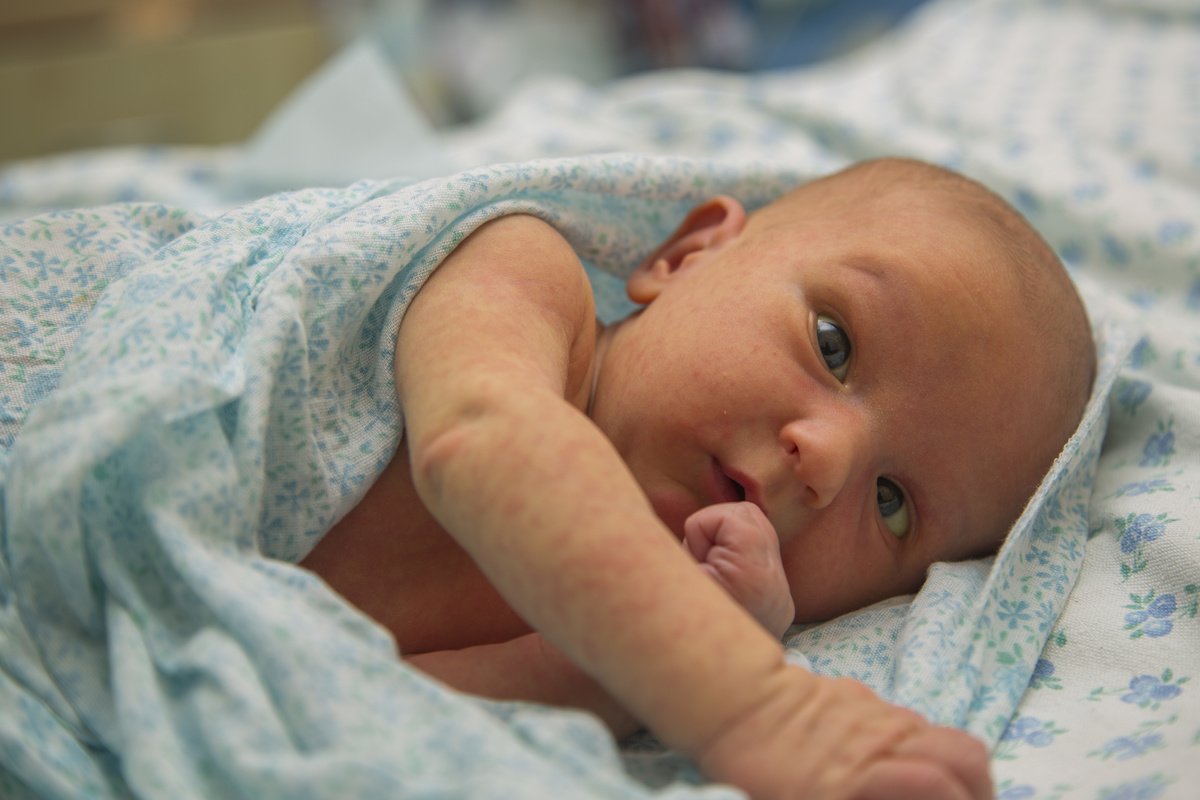Sweating is normal in children, especially after a strenuous physical activity in humid or warm environments. However, if your child is sweating more than usual, then something may be up. He or she could be suffering from a condition called hyperhidrosis, a type of health disorder that triggers excessive sweating even under normal atmospheric temperature. This condition may affect your child’s hands, soles, feet, and underarms. It may be difficult for any child with hyperhidrosis to properly hold a pen, as it may keep slipping due to a sweaty palm. Aside from disrupting your child’s daily activities, this condition is also extremely embarrassing. Children with this condition may feel so embarrassed that they may shy away from social gatherings. Routine well-child checkups may be able to help you control and manage your child’s hyperhidrosis.
Symptoms
Some of the signs of abnormal sweating in children are:
- They sweat on their arms and face even when temperature is not too warm or humid.
- Too much sweat production in hands that it interferes with play and school.
- They produce enough sweat to soak their clothes.
- Sweat that worsens significantly in stressful situations and warm environments.
Causes
Overactive sweat glands cause hyperhidrosis. A Fever, anxiety, or physical activity are the normal causes of hyperhidrosis. However, generalized hyperhidrosis is often caused by a medical condition.
According to Verywell Health, some of the possible causes of generalized hyperhidrosis in children include:
- Infections
- Hyperthyroidism
- Diabetes
- Hypertension
- Congestive heart failure
- Other hormonal and metabolic disorders
- Some prescription drugs
Treatments
Some of the most common treatments for hyperhidrosis in children include:
- Antiperspirant. Regular antiperspirants may not work on most children with hyperhidrosis. Anitperspirants with aluminum chloride are more effective than regular antiperspirants because it clogs sweat glands and prevents the production of sweat.
- Iontophoresis. A mild electric current is passed through the water where the hand or foot of the child is placed. This treatment is quite effective, especially for palmoplantar hyperhidrosis (feet and hands). Iontophoresis is virtually painless and only lasts 20 to 30 minutes. However, your child may need to undergo several sessions to bring sweating to normal levels. Common side effects are peeling and dry skin.
- Oral Medications. Oral anticholinergic medicines are highly effective in reducing sweat because it dries out the body. However, it does come with some side effects, which include blurred vision, dry mouth, and urinary retention. If your child is taking this medication, it is imperative that you keep him or her hydrated at all times and watch out for any symptoms of overheating.
A number of things may cause hyperhidrosis. Some of them may be benign, but it may also be caused by an underlying health condition. Routine well-child checkups at a reputable pediatric clinic, such as Pediatrix, are extremely important in ensuring your child’s health, as it helps detect and treat other medical conditions before they can get any worse.


